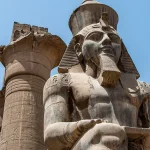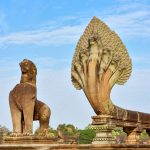EVEREST’S 9-DAY DEATH SPIRAL: HORRIFYING Photos Reveal 11 Climbers’ Final Moments

In the spring of 2019, Mount Everest (29,032 feet), the world’s highest peak, transitioned from a symbol of human triumph to a harrowing symbol of hubris and peril. In a span of just nine days, between May 22 and May 30, 11 climbers lost their lives, marking one of the mountain’s most tragic climbing seasons on record.
I. The Causes: A Confluence of Ambition and Gridlock
The 2019 Everest season was a “perfect storm” catalyzed by:
Permit Overload: Nepal issued a record-breaking 381 climbing permits, driven by commercial expedition companies offering lucrative packages.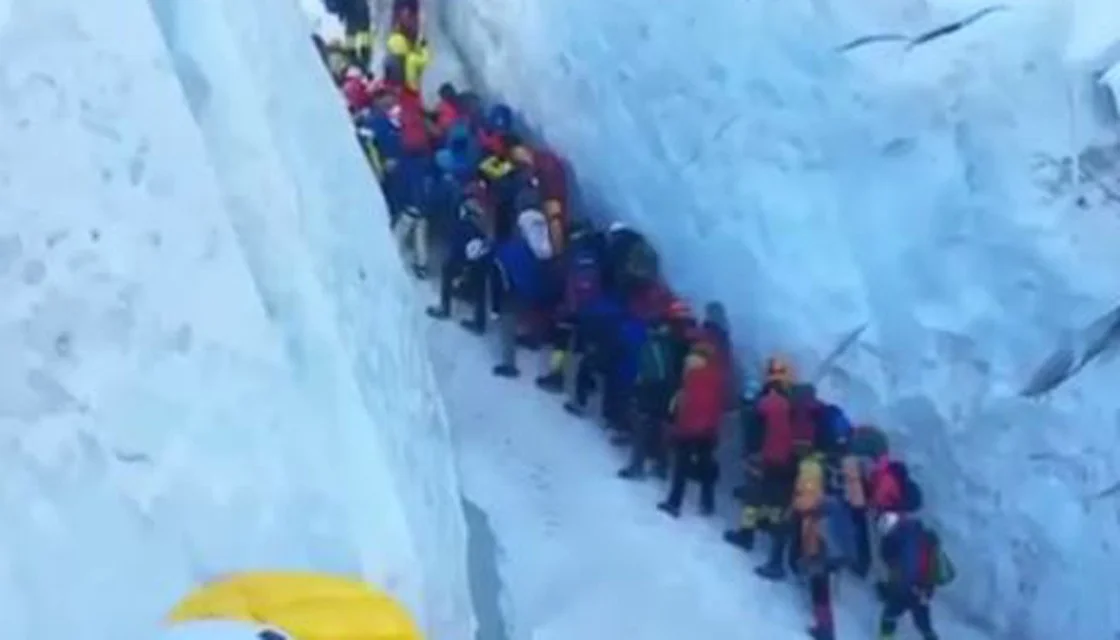
Narrow Weather Window: Only a few clear days in late May forced hundreds of climbers to attempt the summit simultaneously.
The Deadly Bottleneck: Massive queues formed on precarious sections of the ridge, creating a nightmarish “traffic jam” in the infamous “death zone” (above 26,000 feet), where temperatures plummeted and oxygen levels were critically low.
Inexperienced climbers were forced to endure 2−3 hour waits in the death zone. These delays turned otherwise survivable conditions—like exhaustion and altitude sickness—into lethal ones, resulting in a total of 18 fatalities for the season.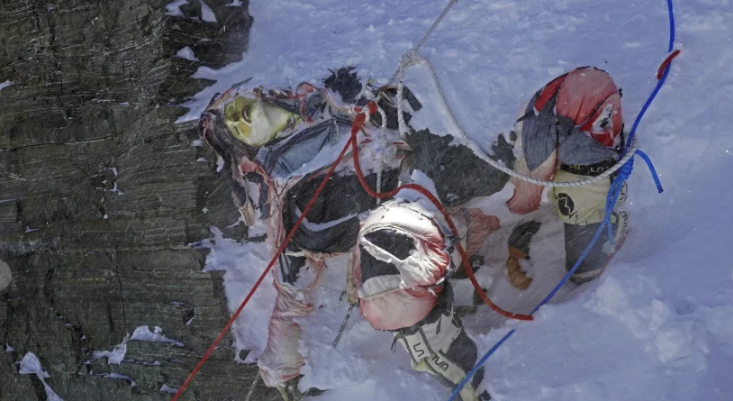
II. The Haunting Viral Images
The most indelible mark of the 2019 season was the series of viral photographs, captured by Nepalese climber Nirmal Purja. These images depicted over 200 climbers snaking in a single-file line along the southeast ridge, resembling a “congested highway” in blizzard-like conditions.
The photos exploded across global media, sparking immediate outrage and demands for reform. The hashtag #EverestTrafficJam trended, forcing a global reckoning with the absurdity and terror of commercializing extreme adventure. The visuals clearly suggested that these deaths were largely preventable, stemming from human-induced delays rather than the mountain’s natural fury.
III. The Legacy and Hard-Won Lessons
Survivor accounts provided raw insights into the chaos. Nirmal Purja described the scene as a “zoo,” while others recounted the heartbreaking experience of passing dying individuals, unable to assist due to their own dwindling oxygen supplies.
The tragedy spurred significant reforms: Nepal hiked permit fees to 11,000 USD and mandated that climbers must demonstrate prior high-altitude climbing experience and provide medical certifications.
However, with another 18 deaths recorded in 2023, the challenges persist. The core lesson from 2019 emphasizes ethical mountaineering: balancing the thrill of adventure with rigorous preparation, prioritizing safety over “summit fever.”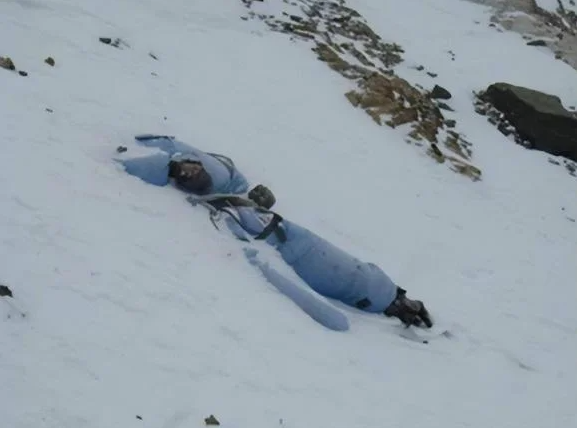
The 2019 Everest tragedy serves as a profound warning about the thin line between inspiration and irresponsibility, compelling all stakeholders—climbers, regulators, and enthusiasts—to maintain absolute respect for nature’s dominance.







